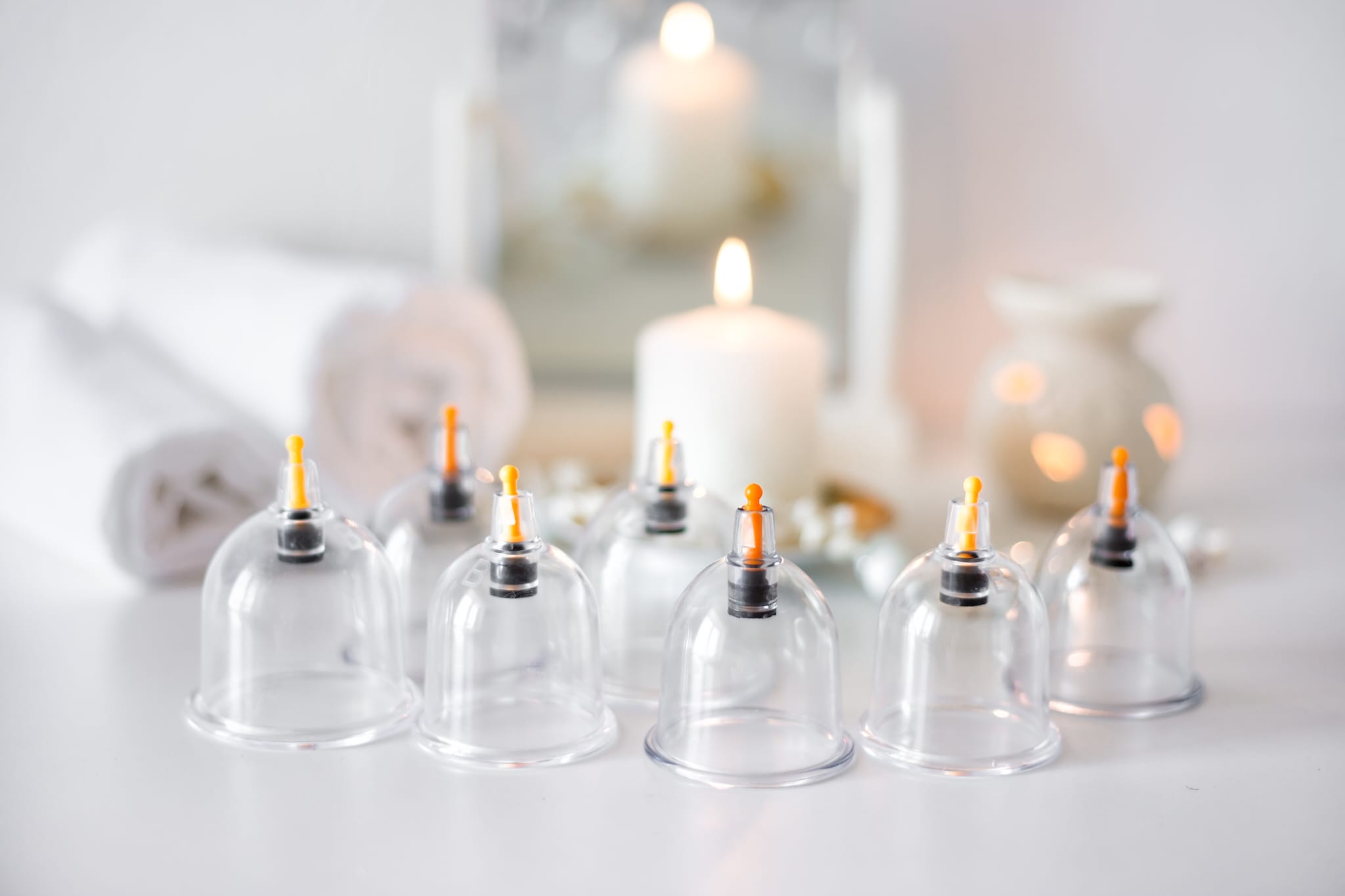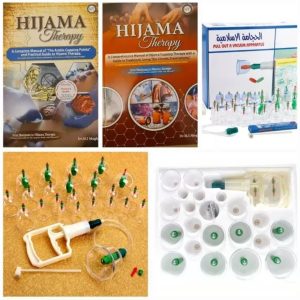Practical training is not required (this can be offered upon request) Hijama Therapist’s Assistant Course:
This course is tailored for individuals interested in supporting and facilitating the work of Hijama therapists in their daily professional duties. If you aspire to assist Hijama therapists rather than pursue a career as one, this course will prove highly valuable. It offers a unique opportunity for a long-term career, allowing you to gain practical experience by working alongside various Hijama therapists, thereby acquiring a diverse range of skills and approaches related to Hijama and cupping therapy. As a Hijama therapist assistant, you can provide your services on a freelance basis, affording you the flexibility to work with different therapists as you see fit.
This course will captivate not only those passionate about hijama and cupping but also qualified practitioners seeking additional qualifications. It’s an intensive and challenging programme designed to equip students with the competence required to understand the day-to-day tasks of a hijama therapist. Students will receive comprehensive training in the management of a Hijama therapist’s workplace, enabling them to apply their knowledge and skills effectively in support of the therapist’s work. This ensures a seamless operation, with a particular focus on guiding and implementing health and safety requirements in the hijama therapist’s practice.
This course is designed to equip the Hijama Therapist Assistant (H.T.A.) with the essential skills and knowledge needed to support and enhance the effectiveness of Hijama/cupping therapists within the parameters outlined in the syllabus. The primary aim of the H.T.A. role is to provide optimal guidance and assistance to professional therapists, ensuring their seamless operation in their practice.
1. The course will delve into key aspects of Hijama theory and its historical context, with a strong emphasis on enhancing communication skills. Topics covered include active listening, telephone etiquette, effective handling of patient complaints, understanding human behaviour (both verbal and non-verbal cues), and strategies to minimise potential legal issues, thereby reducing the risk of litigation.
2. Health and safety in the workplace is a core focus of this course. Extensive content will be dedicated to ensuring safe practices are implemented at the therapist’s workplace, with an emphasis on maintaining a secure environment for both practitioners and patients.
3. Students will be encouraged to acquire the skills required to assist Hijama therapists in clinic preparation and addressing day-to-day challenges in the working environment. This includes honing communication skills when interacting with patients before, during, and after treatment, mastering telephone call handling, and providing guidance to Hijama/cupping therapists on promoting health, hygiene, and safety in their workplaces or established clinics.
4. This course plays a crucial role in fostering the confidence of students, especially those who may be apprehensive about performing hijama on others. It serves as a valuable stepping stone for individuals considering a future as Hijama therapists. The course is highly practical and offers the opportunity to learn from experienced practitioners, making it a hands-on and immersive educational experience.
Entry Criteria: *(G.C.S.E.’s in math & English will be helpful OR a suitable qualification relating to the health profession in which clerical and administrative skills have been exercised).
For registered and enrolled students, they will receive detailed syllabuses for each course tier.
Qualification: An A-4 Yellow Certificate (H.T.A.) that will have the signatures of three authorities from our academy. This certificate will be embossed with an N.A.H.T. seal before being issued to our graduates.
Course contents: Operating effectively as a hijama therapist’s assistant demands a multitude of essential skills. To begin, one must grasp the fundamental principles and concepts of this therapy. Moreover, a solid comprehension of basic human behaviour and psychology is indispensable. Equally crucial are the management skills needed for smooth workplace operations.
The proficiency of a hijama therapist’s assistant in these areas significantly contributes to the seamless functioning of the therapist’s practice. The overarching goal of the Hijama Therapist Assistant is to provide comprehensive support to the therapist in all aspects of their practice, aligning with the curriculum’s outlined objectives.
Pre-requisites for the course: G.C.S.E.’s in math, English, science, & I.C.T., a 1st aid certificate, or relevant skills and experience in any science-related field of work or an assistant in any field relating to care, medicine, and law.
Hijama Therapist Assistant (H.T.A.) Course Syllabus:
There are over 40 key objectives that need to be completed under the four separate categories and elements of Hijama.
*Course contents
*Copyrights
*Introduction
A) The hijama therapy element:Your Role as a Hijama Therapist’s Assistant”
1. A brief synopsis of the life of our beloved Prophet Muhammad S.A.W. (p.b.u.h.).
2. Basic Anatomy and Physiology.
3. Definition of Hijama.
4. The difference between hijama and cupping.
5. History of Hijama.
6. The types of hijamas.
7. Where can it be used, and what are its uses in modern medicine?
8. The Benefits & Contra-Indications of Hijama.
9. Side effects of hijama.
10. Narrations (Al-Hadith) on Hijama: The use of Hijama by the Prophet (S.A.W.).
11. Equipment used in hijama: old & new.
12. 1st aid skills: You must have studied this course with a first aid training establishment such as St. John’s ambulance, e.t.c., as this will be an essential & useful tool.
13. The Techniques & Methods of Differentiating Between the Techniques & Methods.
14. The Days & Timings of Hijama.
15. Safety and precautions before and after hijama, i.e., skills required for self & patient safety.
16. Diagrams & List of Prophetic Hijama Points.
17. Hijama & hygiene.
18. Hijama Code of Ethics.
19. Basic Ruqyah: Recitation of Ayahs & Self-Piety.
20. Clinical checks.
21. Performance of Hijama.
22. Hijama & adverse reactions.
23. Hijama treatment after care advice.
24. Disposal of the used cups and sharpeners.
25. Handling of bodily fluids.
26. Transportation of hijama equipment.
27. Accident book.
B) Behaviour & body language:Your role as a Hijama Therapist Assistant”
28. What is body language?
29. The types of body language.
30. Reading body language.
C) Management & skills element:Your role as a Hijama Therapist Assistant.”
31. What are communication & the two types?
32. To know & understand the difference between verbal & non-verbal communication.
33. Good communication skills.
34. Intuitive skills.
35. Good counselling skills.
36. Complaints handling skills.
37. Telephone handling skills.
38. Hijama & Liaison with authorities.
39. Cash handling skills.
40. The 3-levels of hijama therapists’ and relationship characteristics between the hijama therapist and client.
D) Hijama therapist management of practice II & Litigation in Hijama:Your role as a Hijama therapist assistant
41. Hijama therapy & Litigation Issues: legal Issues
42. Hijama therapy; Management of practice II This Unit-L/O will focus on a wider scope on matters relating to Hijama in “Practice & The Real Issues”. It will give notes on the under-, e.g.,.
i. Tips on starting your own business.
ii. Additional Secretarial skills for office work, such as booking of appointments, filing of patient records, logging information on computer for the Hijama therapists comfort in accessing patient information, and e-mailing patients’ information, are some of the pre-requisites.
Conclusion.
Bibliography:-Reference sources
A. Student Assignment Paper-End of Unit tests.
B. After successful completion of all assignments, students will take a closed-book examination paper (at the agreed date).







Reviews
There are no reviews yet.